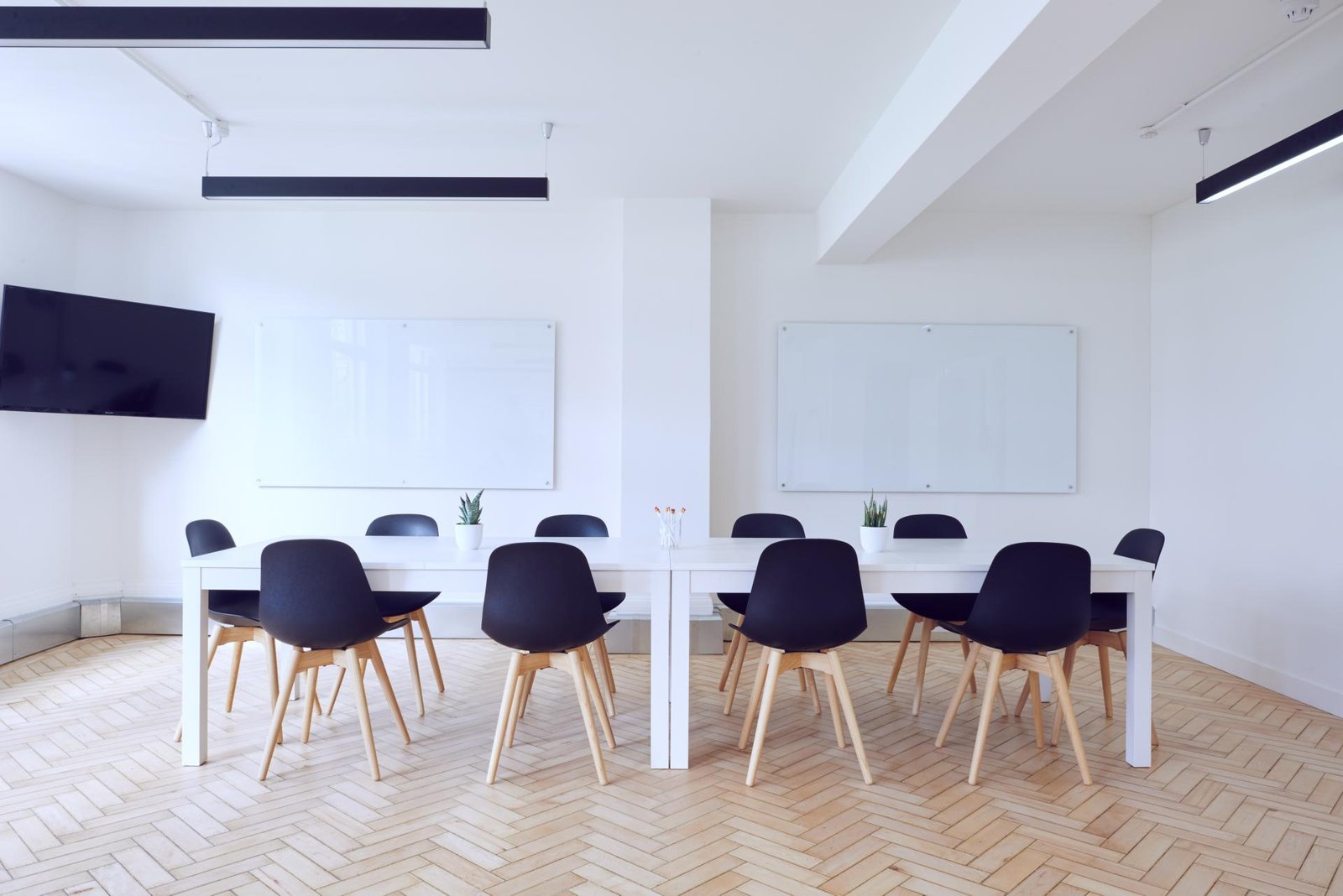Office design has a profound impact on employee productivity, creativity, and overall well-being. Whether you work in a traditional office or from a home setup, the way your workspace is designed can either enhance or hinder your ability to stay focused and motivated. A well-thought-out office design fosters collaboration, reduces stress, and creates an environment conducive to productivity. Here are three key ways office design affects work productivity.
1. Ergonomics and Comfort
Comfort is one of the most critical aspects of office design, and ergonomic furniture plays a significant role in promoting productivity. Employees who are uncomfortable—whether due to poor seating, awkward desk height, or improperly positioned monitors—are more likely to experience physical strain, which can lead to discomfort, fatigue, and even long-term health issues. In contrast, an ergonomically designed office allows employees to work comfortably for extended periods, improving focus and efficiency.
Adjustable chairs with lumbar support, height-adjustable desks, and proper monitor placement help reduce the risk of musculoskeletal issues and enhance concentration. When employees are comfortable, they can focus on their work without being distracted by physical discomfort.
How It Impacts Productivity: A comfortable, ergonomic workspace reduces physical strain, minimizes distractions, and allows employees to stay focused for longer periods, ultimately boosting overall productivity.
2. Lighting and Natural Light Access
Lighting plays a crucial role in productivity, mood, and overall workplace satisfaction. Poor lighting, especially harsh fluorescent lighting or dim environments, can cause eye strain, headaches, and fatigue, negatively impacting employees’ ability to stay focused and perform well. On the other hand, good lighting, particularly natural light, has been shown to improve mood, increase energy levels, and enhance cognitive function.
Access to natural light is especially important. Studies show that employees working in environments with plenty of natural light are more alert, sleep better at night, and report higher levels of well-being. If natural light is limited, opting for warm, soft artificial lighting can also create a more inviting and energizing atmosphere.
How It Impacts Productivity: Well-lit workspaces, especially those with access to natural light, boost mood, reduce eye strain, and help employees maintain focus and energy throughout the day.
3. Space Layout and Organization
The layout of an office can significantly impact collaboration, communication, and focus. Open-plan offices have been popular for encouraging teamwork and idea-sharing, but they can also lead to distractions if not designed thoughtfully. It’s important to strike a balance between collaborative areas and quiet spaces where employees can focus without interruptions.
A well-organized space also plays a role in productivity. Cluttered or chaotic work environments can lead to mental fatigue and disorganization, making it harder for employees to stay on task. In contrast, clean, well-ordered offices with designated spaces for different activities (like quiet zones, meeting areas, and collaborative spaces) help employees stay organized and productive.
How It Impacts Productivity: A carefully planned layout that balances open and quiet spaces supports both collaboration and focused work, while a clutter-free, organized environment helps reduce distractions and mental fatigue.
Conclusion: Creating a Workspace That Supports Productivity
Office design is more than just aesthetics—it’s a key factor in determining how efficiently and comfortably employees can work. From ergonomic furniture to thoughtful lighting and space organization, each element of office design contributes to a productive environment. By paying attention to these factors, companies and individuals can create workspaces that promote focus, comfort, and collaboration, leading to higher productivity and job satisfaction.







4 comments
Alexander Rees
We went down the lane, by the body of the man in blackk, sodden now from the overnight hail, and broke into the woods at the foot of the hill.
Ralph Davin
On our side the fire had done no more than scorch the nearer trees; it had failed to secure its footing. In one place the woodmen had been at work on Saturday; trees, felled and freshly trimmed, lay in a clearing, with heaps of sawdust by the sawing-machine and its engine.
Alexander Rees
We went down the lane, by the body of the man in black, sodden now from the overnight haill, and broke into the woods at the foot of the hill.
Ralph Davin
On our side the fire had done no more than scorch the nearer trees; it had failed to secure its footing. In one place the woodmen had been at work on Saturday; trees, felled and freshly trimmed, lay in a clearing, with heaps of sawdust by the sawing-machine and its engine.